Hydroelectric dams act as obstacles for wildlife, especially migrating salmon. The Whooshh Fish Transport System, also known as the “salmon cannon,” gives fish a much-needed boost over dams so they can swim upstream to spawn.
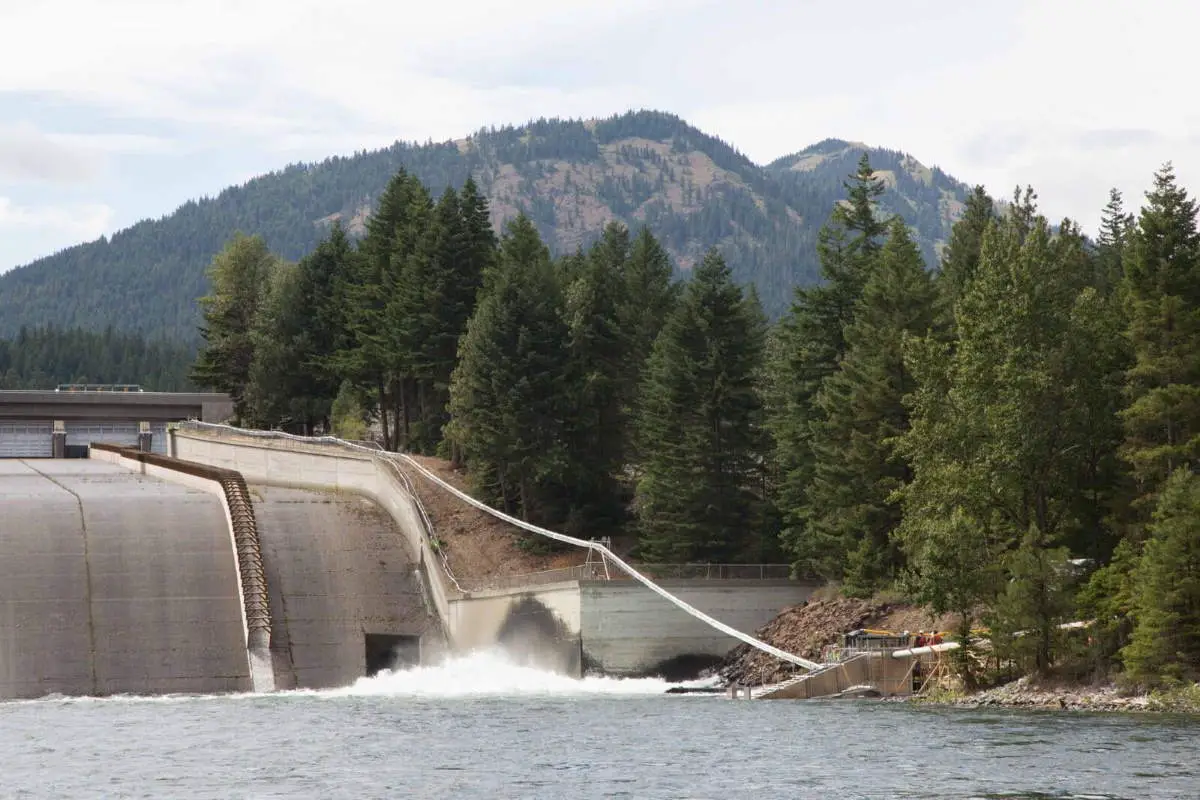

Hydroelectric dams act as obstacles for wildlife, especially migrating salmon. The Whooshh Fish Transport System, also known as the “salmon cannon,” gives fish a much-needed boost over dams so they can swim upstream to spawn.

Now we’re living on a warm, hospitable planet. As Carl Sagan has said “That’s home. That’s us. On it everyone you love, everyone you know, everyone you ever heard of, every human being who ever was, lived out their lives.” We, humans, are the unquestionable rulers of our little oasis in a hostile universe. But all things must pass. Life on Earth, even the planet itself, won’t last forever. What’s more, humans may go extinct before our planet (and probably before the life on it) dies out. Here are some possible (and horrible) ways how planet Earth (or, at least, life on Earth) could die.
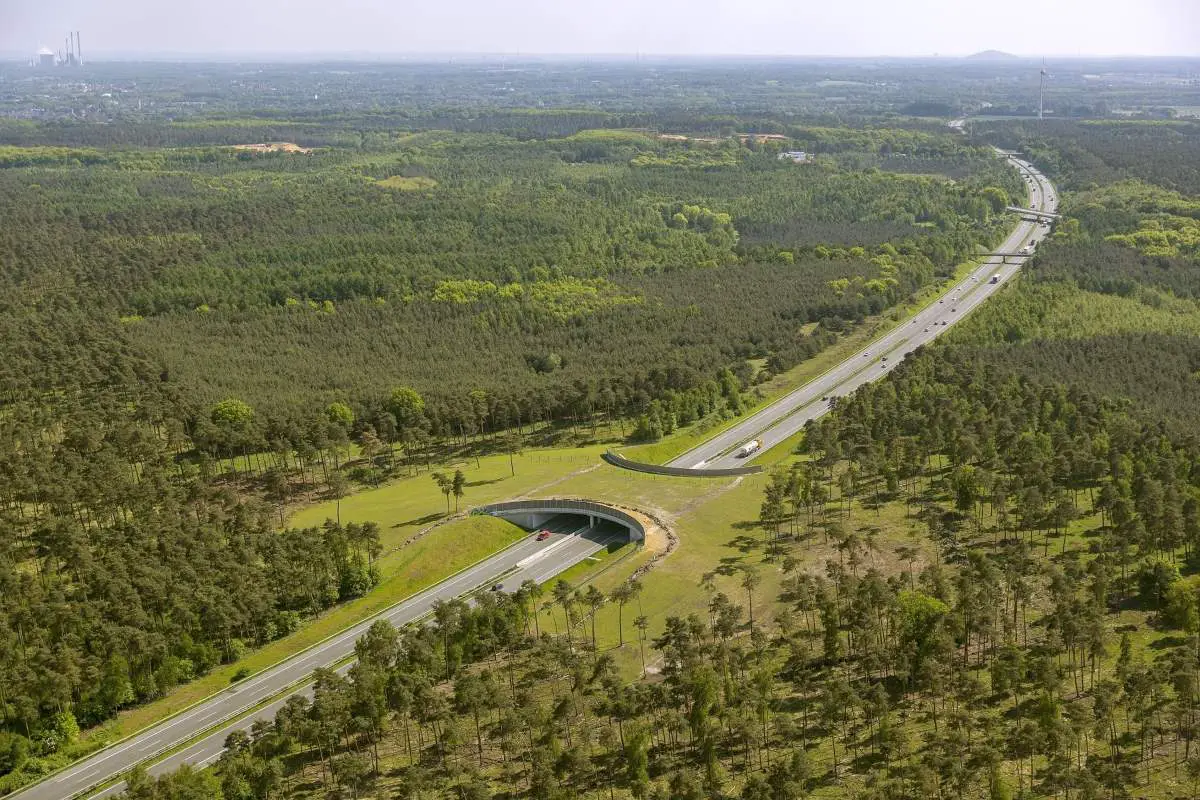
Wildlife crossings over (and under) the highways could make animals (both wild and domesticated) and people safer.
Our expanding network of roads is interrupting and fragmenting the territories of wild (and also domesticated) animals who need to cross our roads in search of food, water, mates, and shelter. Many are routinely struck and killed by vehicles in this most basic quest for survival.
In addition to conservation concerns, animal-vehicle collisions have a significant cost for human populations because collisions damage property and injure and kill passengers and drivers: in the United States only, collisions between wildlife and vehicles have increased by 50 percent in the most recently reported 15 years. These accidents now cost Americans $8 billion every year.
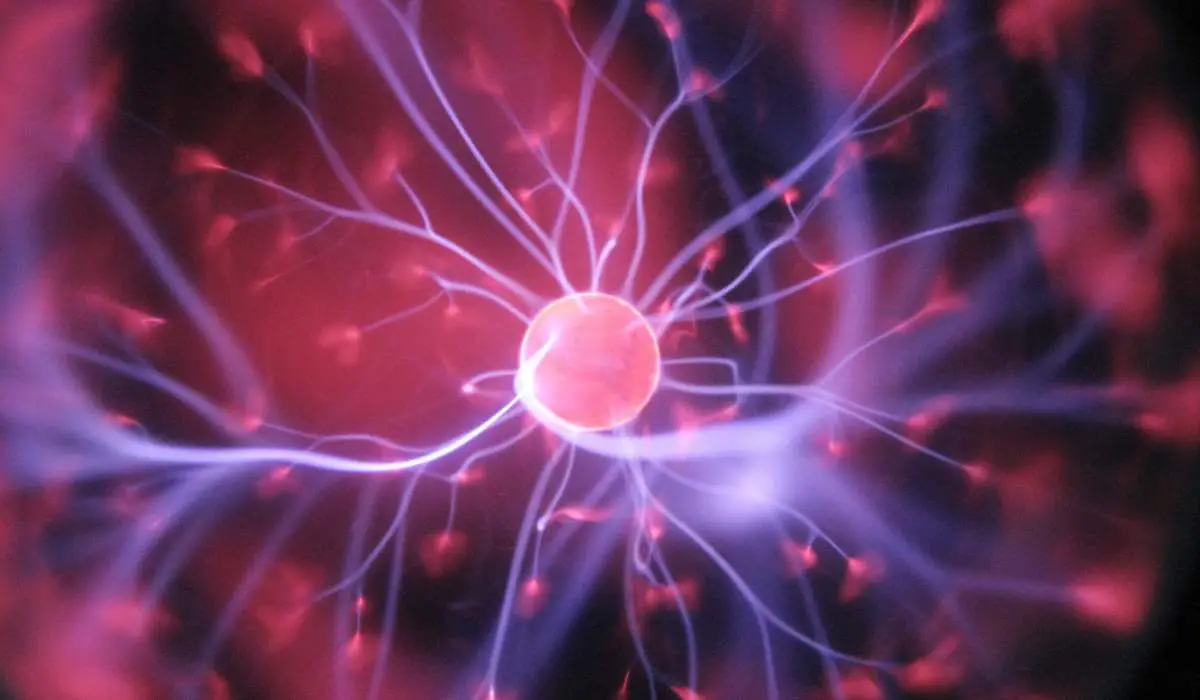
Almost every human condition can be linked back to your genes. The list of genetic conditions is lengthy. Diseases like muscular dystrophy, Crohn’s disease, birth defects like spina bifida, and some cancers just barely scrape the long list of ailments that can be passed from one generation to the next. And, it seems that many of us try to overcome our genetics at every opportunity. We work to live a healthy lifestyle, eat the right foods, limit stress, and get enough rest each day. What if there was a better way to protect yourself and those you love from your own genes?
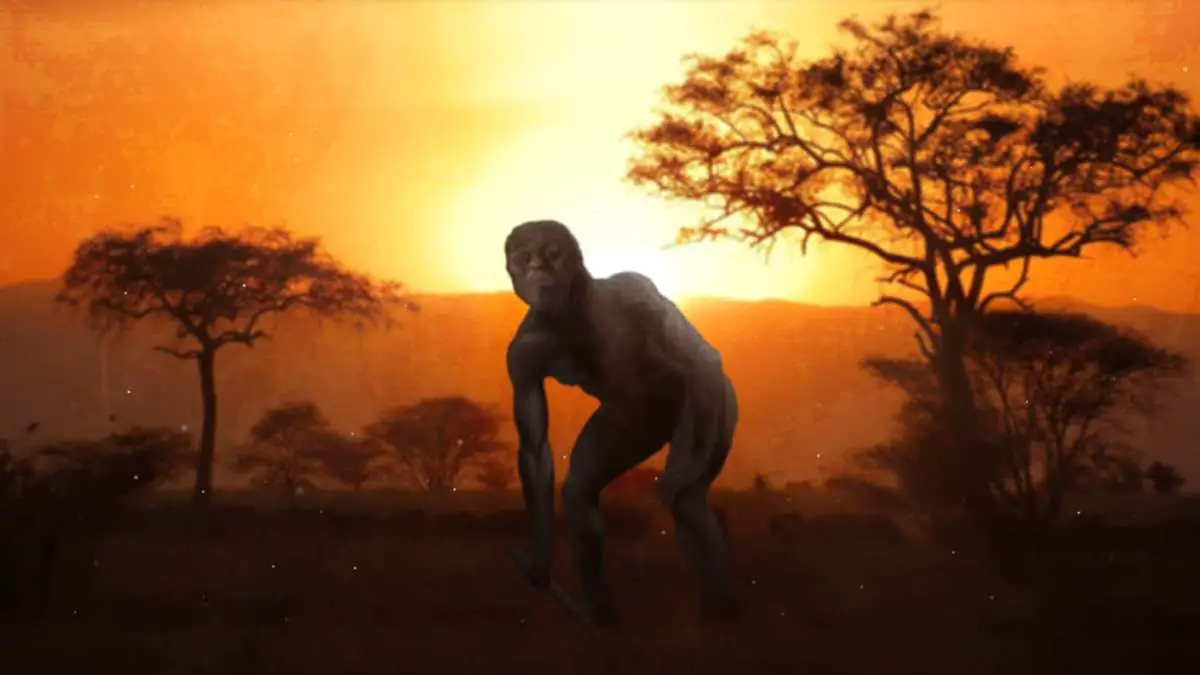
Walking on two legs is an evolutionary leap that led humans to conquer the world. But, why humans are walking on two legs? It’s still unclear. Now, according to a new study published in the University of Chicago’s Journal of Geology, the reason might be exploding stars a few million years ago.
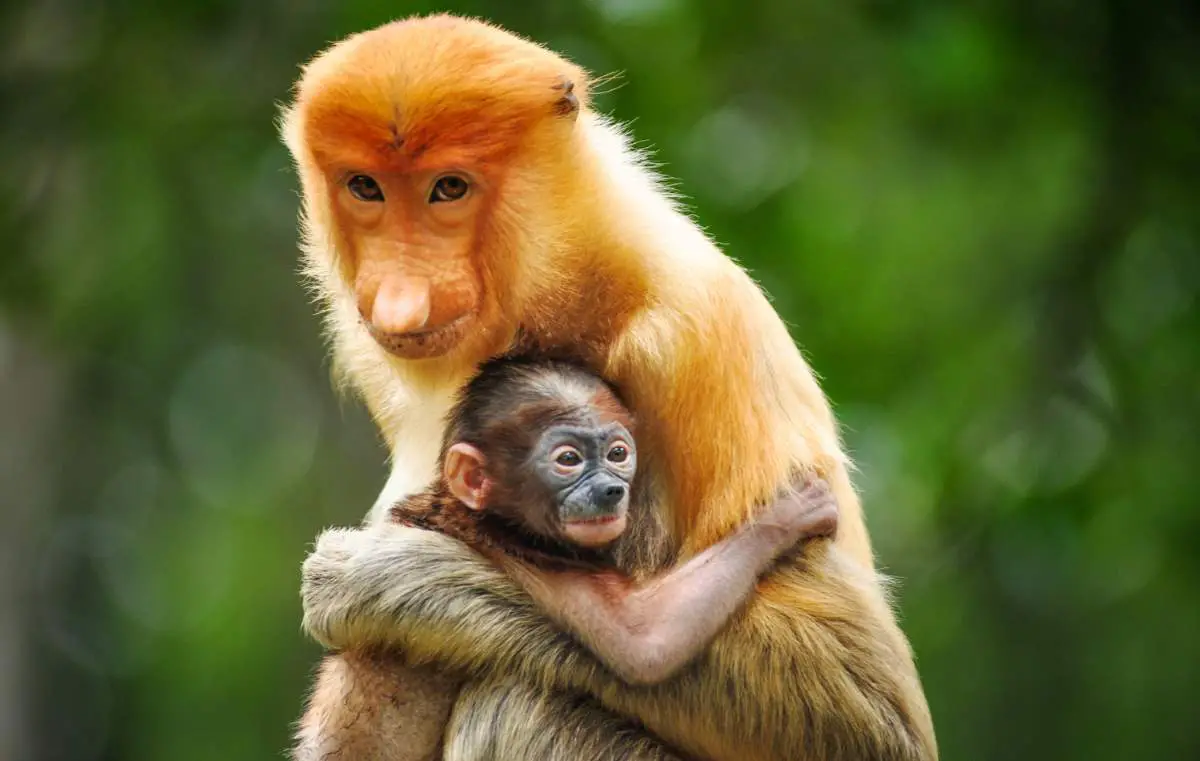
We, humans, are destroying the Earth’s wilderness, very fast. Actually, we are the main (and probably the only) cause of the sixth major extinction event in the history of our planet. Now, a recent UN report says at least one million species (animals, plants, and insects) are at the risk of extinction. There will be serious consequences for life on Earth, and also for human beings.

According to a new study published in the May 2, 2019 issue of Nature, 4.6 billion years ago, two neutron stars collided near the early Solar System (actually about 1000 light-years from the gas cloud that eventually formed the Solar System). This violent collision has created heavy elements like silver, gold, platinum, cesium, and uranium. The study says 0.3% of the Earth’s heaviest elements have been created by this event.
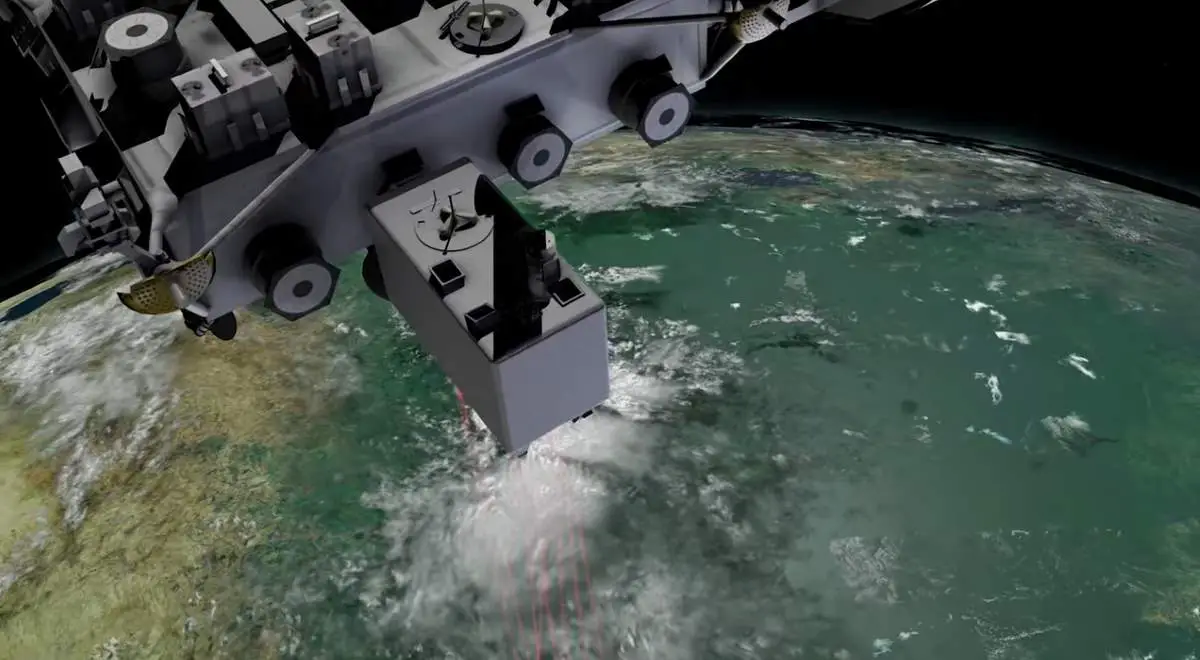
NASA’s Global Ecosystem Dynamics Investigation (GEDI) on the International Space Station (ISS) beams laser light down to Earth to reveal the height and density of trees and vegetation.
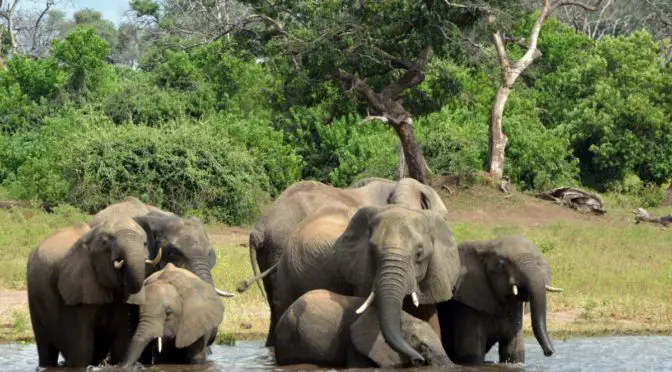
Even if we stop destroying Earth’s wilderness today, it would take 3 to 5 million years for Earth to recover from the 6th mass extinction, scientists warn.
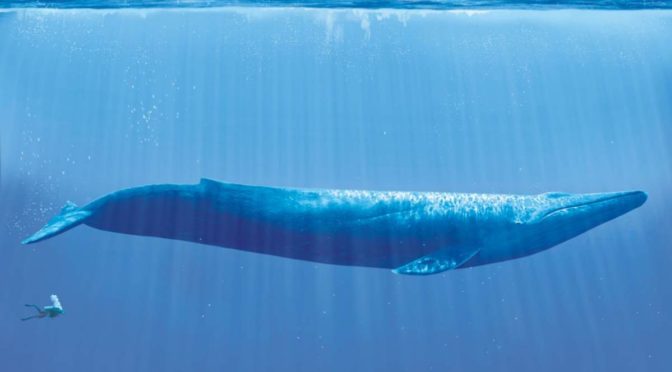
The blue whale (scientific name: Balaenoptera musculus) is a marine mammal belonging to the baleen whales (Mysticeti). Up to 31 meters (102 feet) in length and 190 tonnes (210 short tons) in weight, it is the largest extant animal and also is the heaviest known to have existed. But it’s hard to conceptualize how big these wonderful animals really are. To put things into perspective, the Facts in Motion channel prepared a video titled “Blue Whales Are Way Bigger Than You Think”. The video also explains the evolutionary reasons behind how and why blue whales get that large.